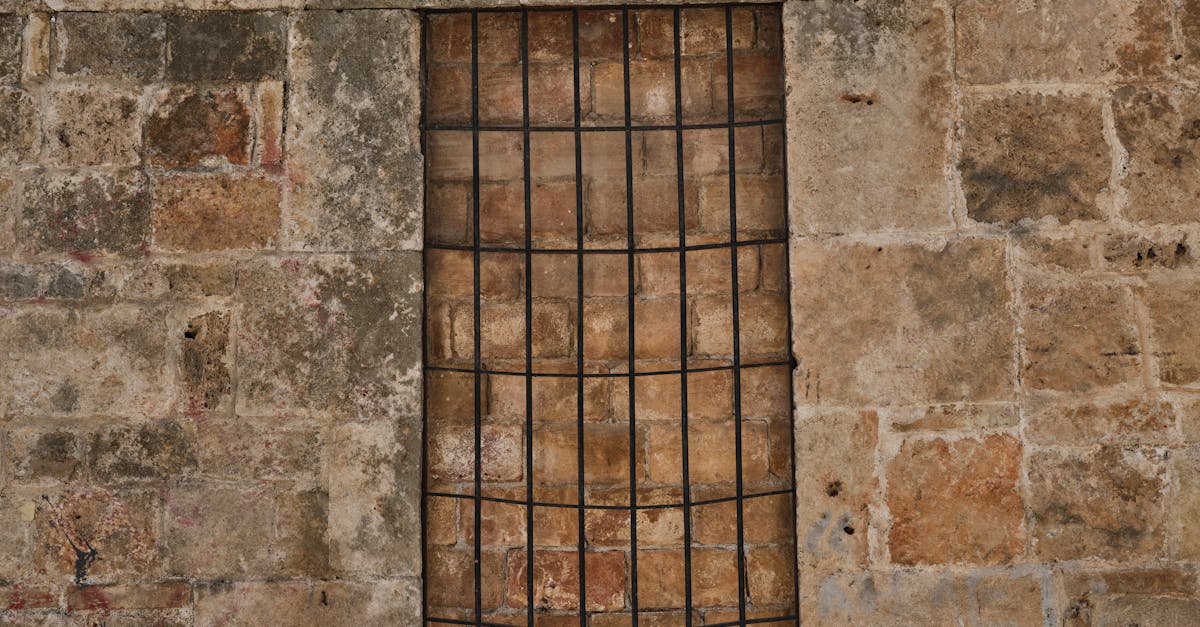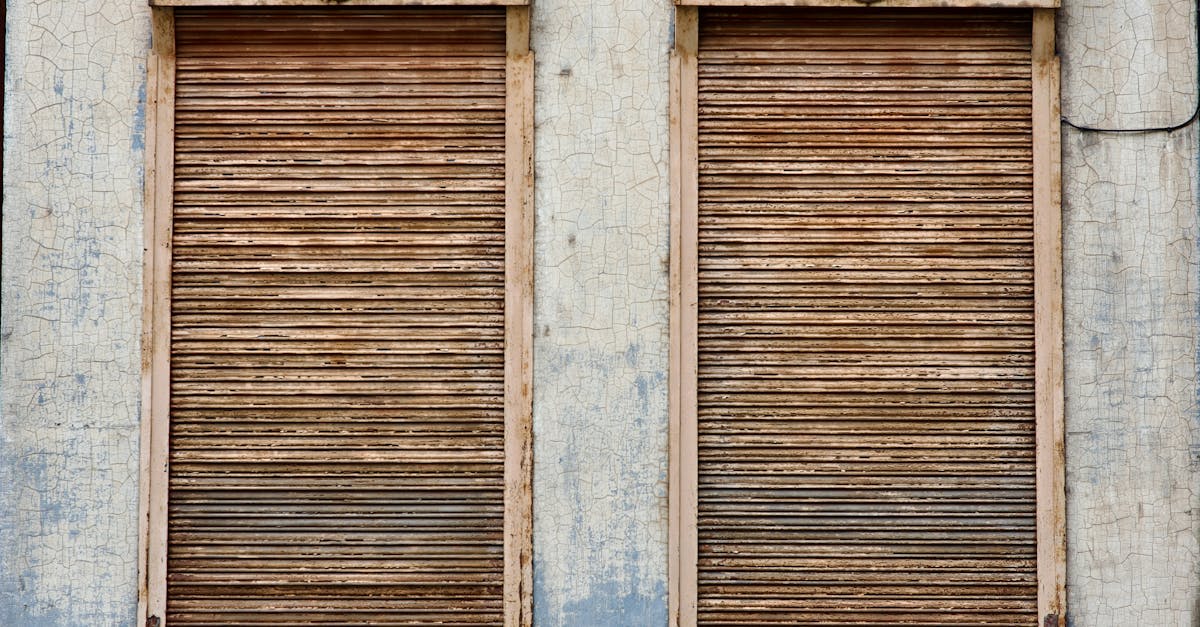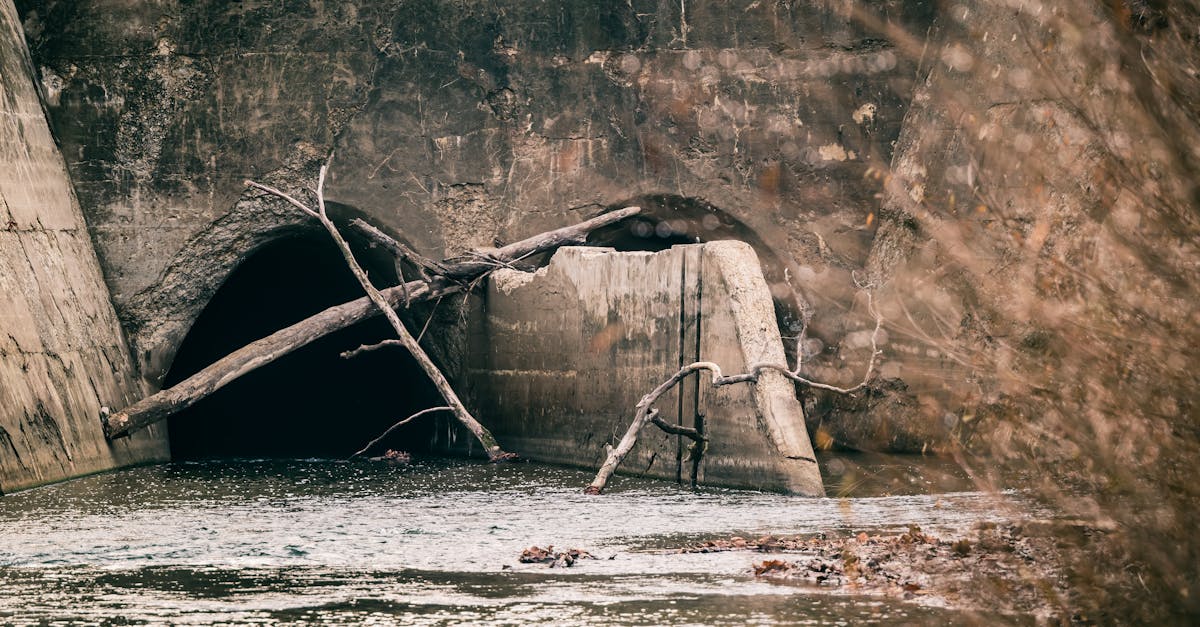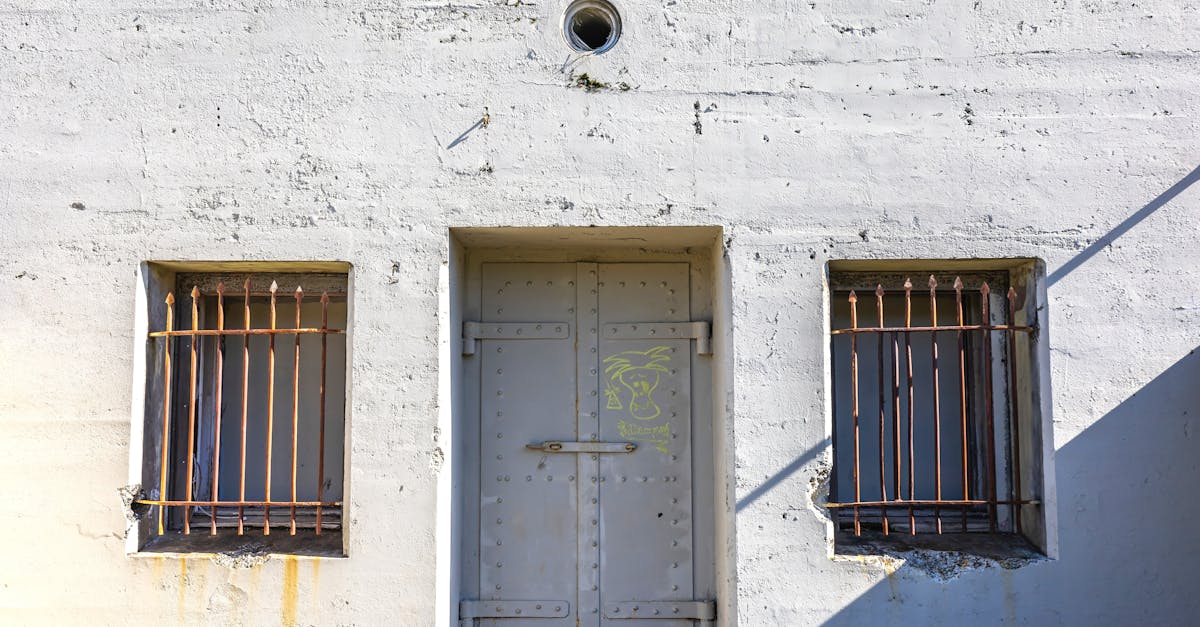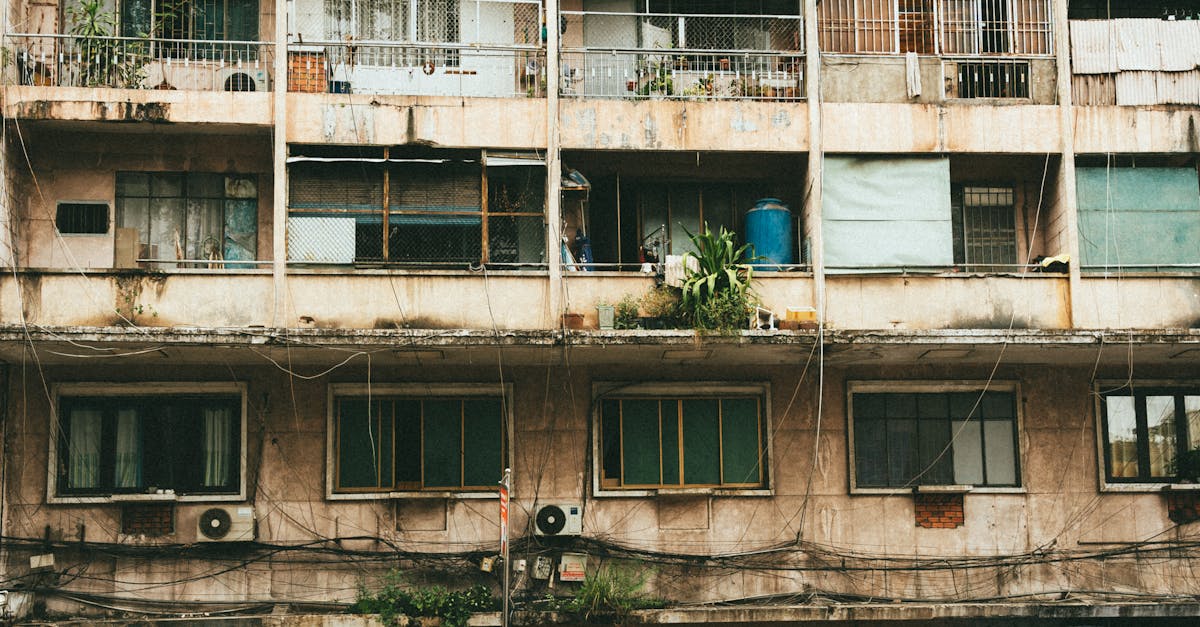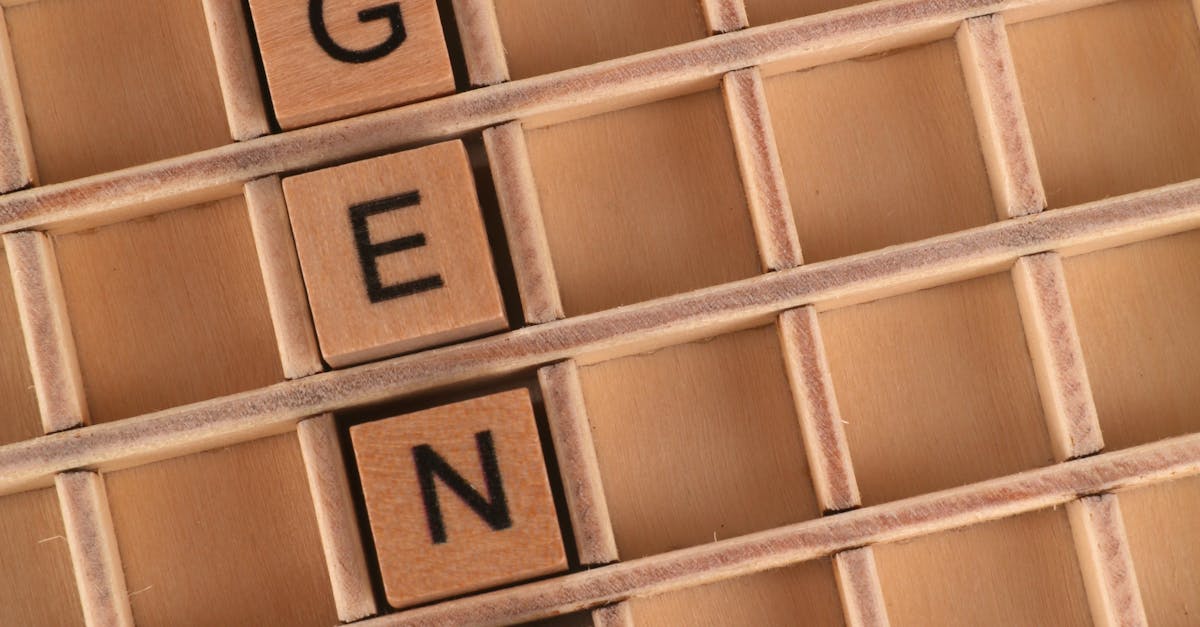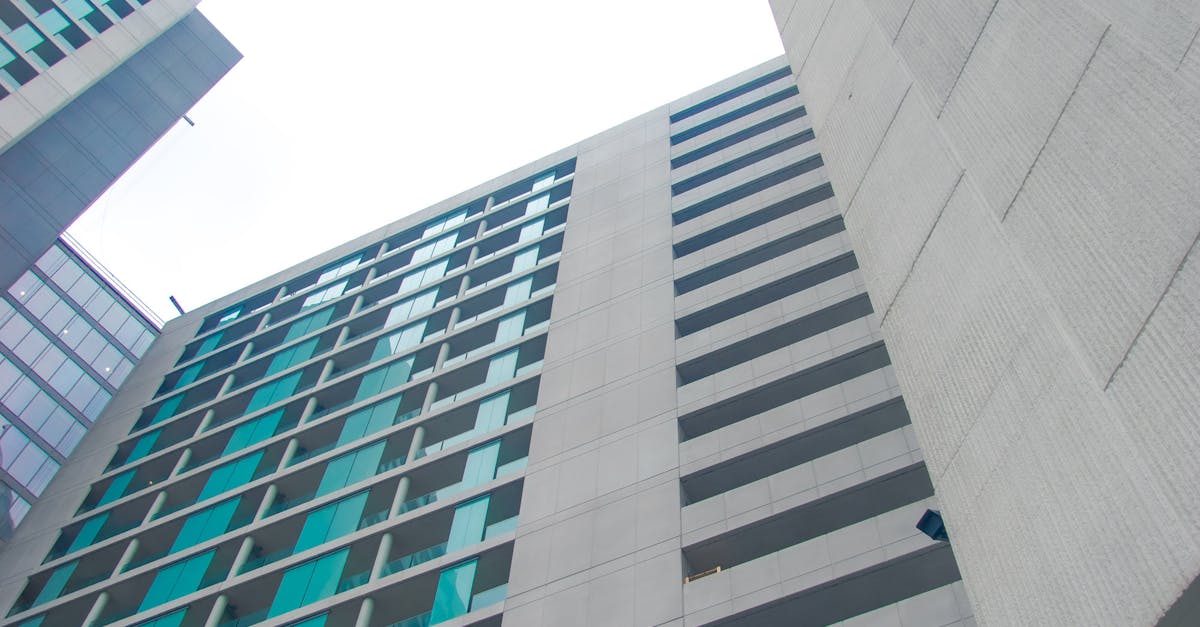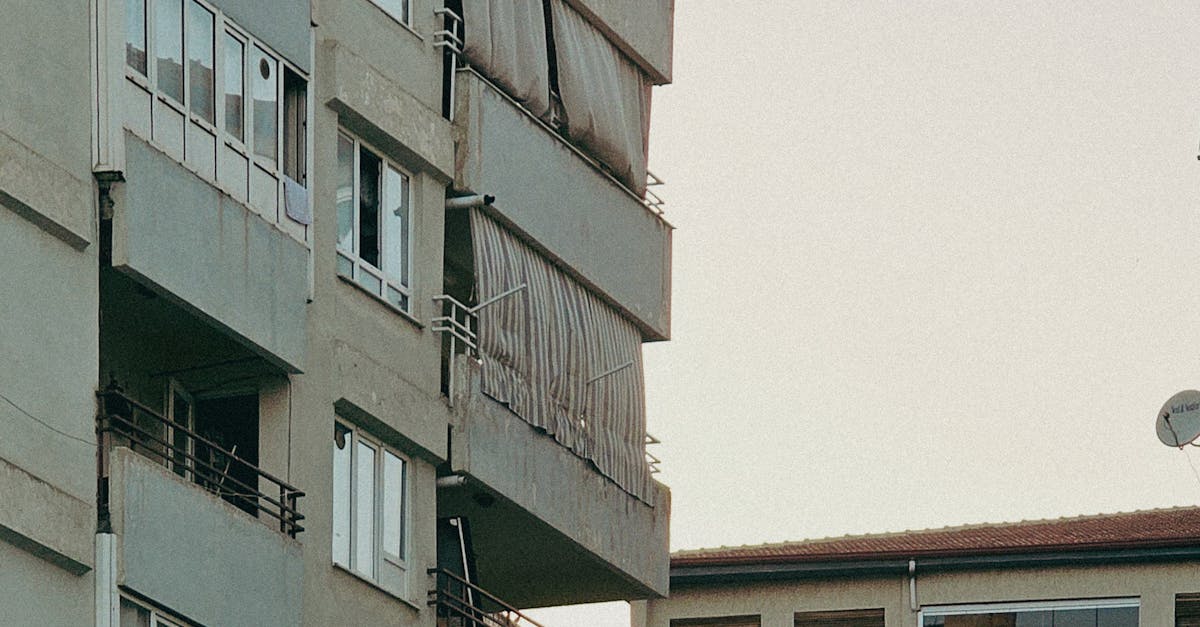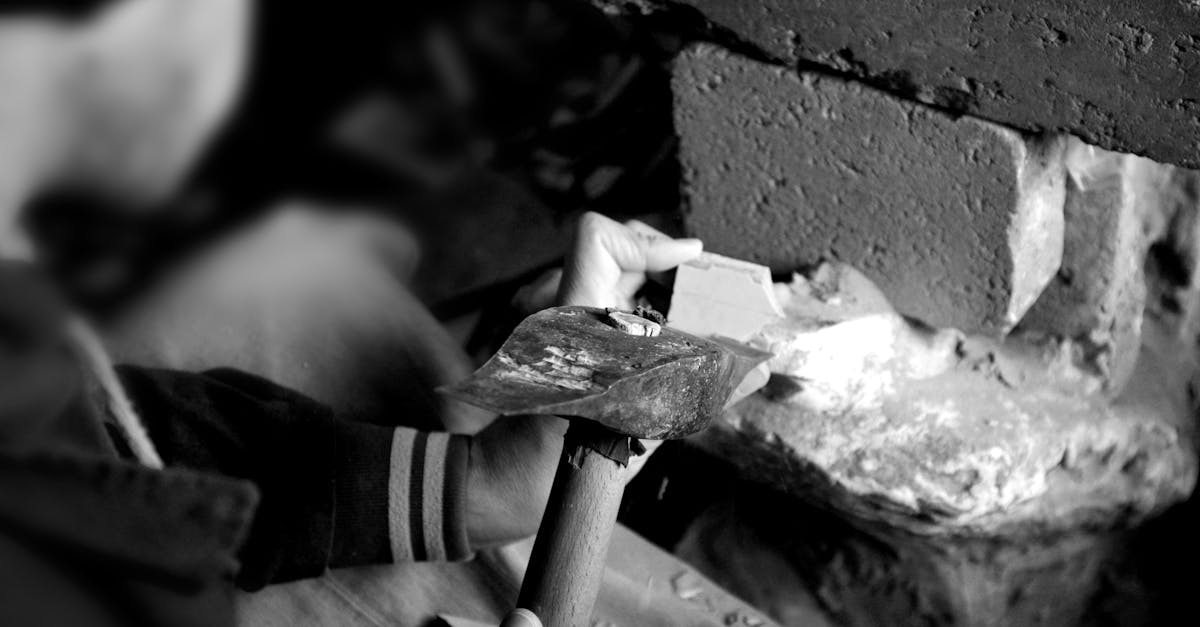
Table Of Contents
Positioning the Toilet
Positioning the toilet correctly is crucial for ensuring a successful installation that prevents leaks. Start by identifying the bolt holes on the floor and aligning them with the flange. Ensure the toilet is placed over the wax ring, as its proper placement serves as the primary seal against leaks. This preliminary step sets the foundation for a secure fit, so take the time to align everything accurately before proceeding.
When considering toilet installation and repair, it is essential to account for the space required for both comfort and functionality. The toilet should be positioned at least 15 to 18 inches from any side walls or obstructions. This not only allows for ease of use but also provides enough room for future maintenance. Ensuring this spacing will prevent potential issues later on, making the entire process more efficient.
Tips for Accurate Placement
When positioning the toilet, ensure it sits squarely on the flange. Align the toilet with the bolts and check its orientation. This step is crucial in avoiding any misalignment that could lead to leaks. Take your time during this phase, as careful placement sets the foundation for a successful installation. Accurate positioning contributes significantly to the longevity and functionality of the toilet.
Consider using a level to assess the toilet's alignment. A slightly tilted toilet may result in uneven pressure on the wax seal, raising the risk of leaks. Ensure the floor beneath is stable and, if necessary, add shims to create a level surface. These simple steps can make a significant difference in toilet installation and repair, providing peace of mind that everything is securely in place.
Securing the Toilet Bolts
Securing the toilet bolts is a crucial step in toilet installation and repair. Once the toilet is positioned correctly on its wax seal, the next task is to fasten it to the floor using the provided bolts. These bolts typically require a washer and a nut to ensure stability. It’s important to place washers on the bolts before threading them through the holes in the toilet base. Hand-tightening the nuts helps create a secure fit while allowing for minor adjustments.
After the initial tightening, a wrench can be used to secure the bolts further, but caution should be taken not to over-tighten, as this can crack the porcelain. A balanced approach ensures the toilet remains stable while the wax seal maintains its integrity. It’s advisable to double-check that the toilet doesn’t rock or shift after tightening the bolts. Regular inspection after installation can prevent leaks and prolong the longevity of the toilet.
Ensuring a Tight Fit for Leak Prevention
To achieve a tight fit during toilet installation and repair, it is essential to properly align the toilet with the flange and make sure it rests evenly on the floor. A level surface is crucial to prevent any rocking that could lead to future leaks. Before securing the toilet bolts, ensure that the wax seal is positioned correctly and covers the flange completely, as this acts as a barrier against water escaping from the base of the toilet.
After placing the toilet, hand-tighten the bolts without over-torquing. Over-tightening can cause cracks in the toilet or break the seal formed by the wax ring. Instead, gradually tighten the bolts while checking for any movement. Once secure, perform a final check to confirm that the toilet sits firmly in place. This attention to detail will dramatically reduce the risk of leaks and contribute to a successful toilet installation and repair.
Checking for Leaks
After completing the toilet installation, it is essential to check for any leaks to ensure a proper seal. Begin by inspecting the area around the base of the toilet. Look for any signs of water pooling or dampness, which could indicate a faulty seal. An effective method is to place a few drops of food colouring into the tank and wait for about 30 minutes. If the water in the bowl changes colour, it signifies that water is leaking from the tank into the bowl, necessitating immediate attention.
Post-installation, another crucial step is to check the connections between the toilet and the water supply. Ensure that the nuts securing the supply line and the shut-off valve are tightened correctly. Use a cloth to wipe away any moisture you may notice around these areas. For thoroughness in toilet installation and repair, conducting these simple leak tests not only provides peace of mind but also helps avoid potential water damage in the long run.
How to Test the Seal After Installation
After completing the toilet installation and securing the bolts, it's crucial to check the seal to ensure everything is watertight. Start by turning on the water supply and allowing the tank to fill. Observe the base of the toilet closely for any signs of water pooling or dampness. This initial inspection helps identify immediate leaks that may occur from improper sealing or loose fittings.
Next, perform a more thorough test by placing a few drops of food colouring in the tank and waiting for about 30 minutes. If the coloured water seeps into the bowl without flushing, a leak is present. This method is a simple preventive measure that can save time and costs related to future repairs. Addressing any leaks promptly is essential to maintaining the integrity of the plumbing and ensuring effective toilet installation and repair.
FAQS
Why is it important to properly seal the toilet?
Properly sealing the toilet prevents leaks, which can lead to water damage, mould growth, and costly repairs. A good seal also maintains hygiene in the bathroom.
What tools do I need to seal a toilet?
You will typically need a wax ring, a putty knife, a socket wrench for tightening bolts, and a level to ensure the toilet is positioned correctly.
How can I ensure the toilet is positioned accurately?
To ensure accurate placement, use a level to check that the toilet is sitting flat on the floor and centre it over the waste pipe before securing it with bolts.
What should I do if I notice a leak after installation?
If you notice a leak after installation, you should first tighten the toilet bolts and check the wax seal. If the leak persists, you may need to remove the toilet and replace the wax ring.
How often should I check for toilet leaks?
It’s a good practice to check for leaks every few months, especially if you notice any unusual sounds or water pooling around the base of the toilet. Regular maintenance can help catch issues early.


